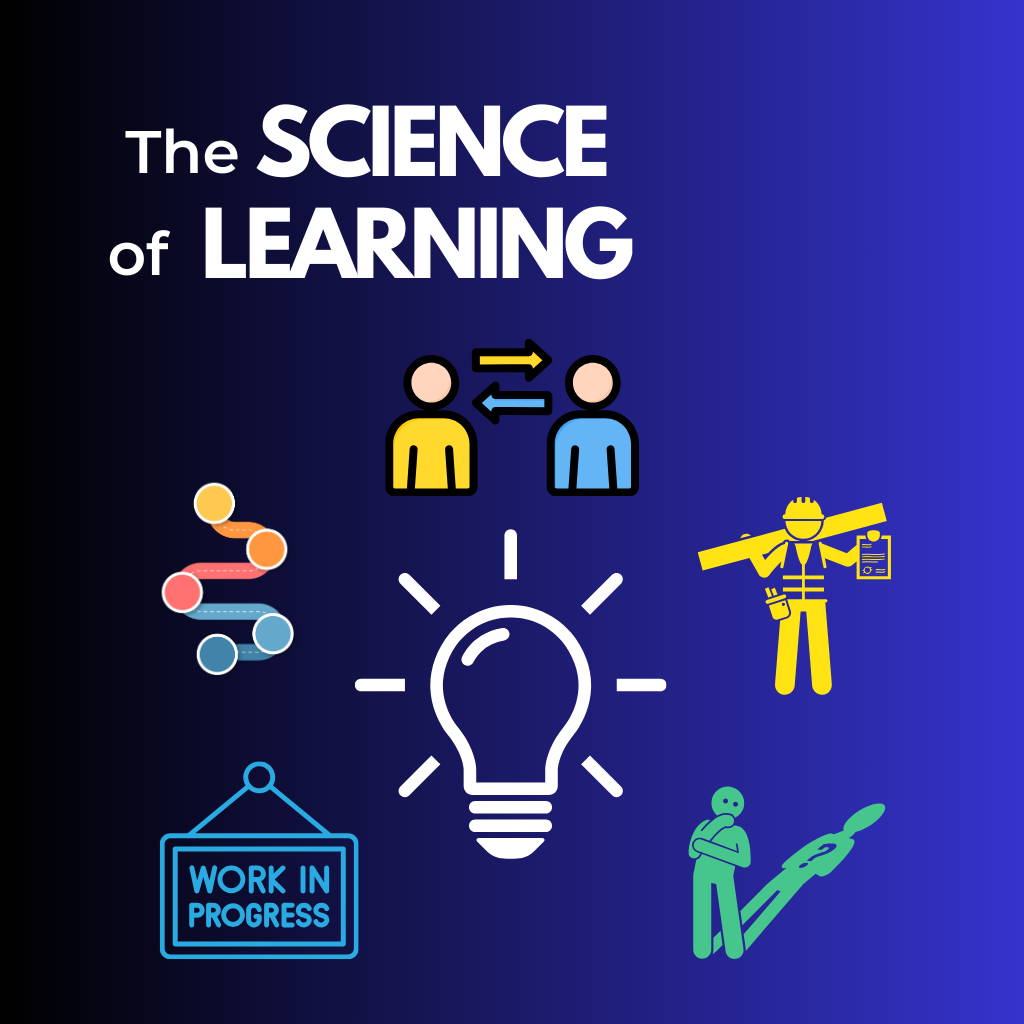Webinars and zoom meetings have become a daily occurrence in today’s world. Webinars are being used by jobs and schools all over the world. Based on the popularity and regularity of webinars, how can you ensure that your webinar training is productive rather than boring?

Why are Webinars Boring?
Before we can understand how to develop a productive webinar, we should first identify why so many webinars are unproductive. Think about a webinar you have taken that left you feeling exhausted and tired. What was the webinar like? Were you asked to participate?
Ray Jimenez is known for creating intriguing webinars that encourage active participation. Recently, in his webinar, Going beyond zoom to deep learning and application, Jimenez states that there are four key factors of boring webinars:
- Too much presentation/lecture approach
- No immediate results
- Loss of warmth
- Loss of relationship
How to Reverse a Boring Webinar
Let’s take a look at the four key factors of boring webinars, and how we can reverse it.
Too much presentation/lecture approach – Lectures are notoriously boring. During a lecture, there is no application of the learning and there is rarely any input from the learners leading to passive learning. Rather than lecturing, encourage active learning by facilitating a discussion, telling a relatable story, or using breakout rooms.
No immediate results – During a boring lecture, learners are not actively participating, and therefore they are not seeing immediate results of the learning. When we are not seeing immediate results, we tend to forget about the content that we learned. Emma O’Neill shared in her blog post, What is Adult Learning Theory, “Adults want to know “How can I use this information now?”. What they are learning needs to be applicable to their lives and be implemented immediately”
Loss of warmth – As a result of the lecture approach, learners often feel a loss of warmth and connection to the content. Utilize peer-learning and activities to promote deep and meaningful learning.
Loss of Relationships – Provide support as a mentor and webinar facilitator. Build trusting relationships by allowing learner input and supporting their responses.
Furthermore; webinars should follow what we know about andragogy, and allow for active participation, immediate application, and collaboration.
NOTES:

Reverse the lecture:
- Lead discussions
- Give prizes for good responses
- Breakout rooms
- More pictures






